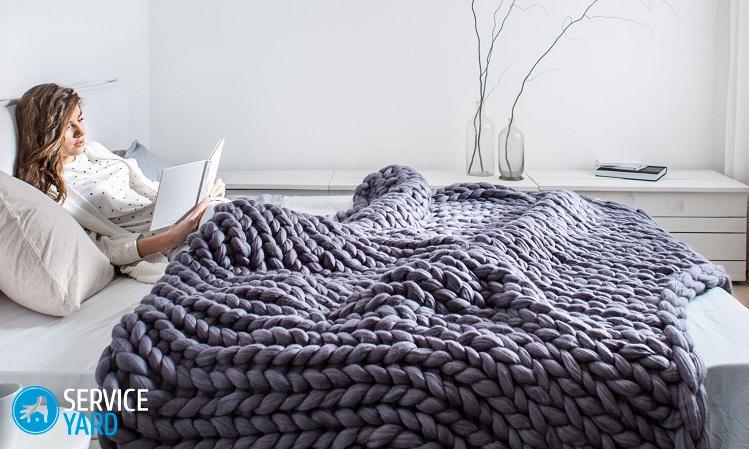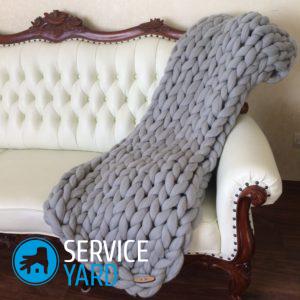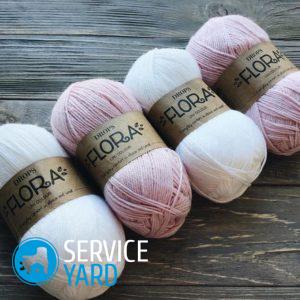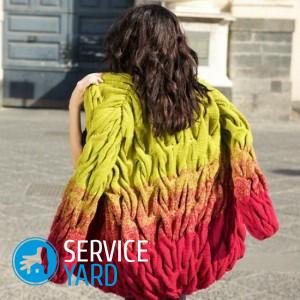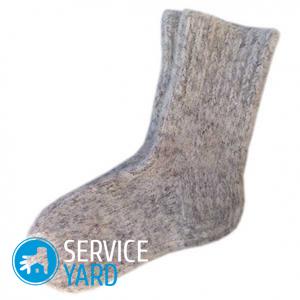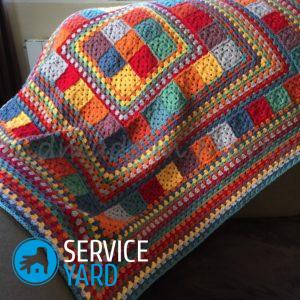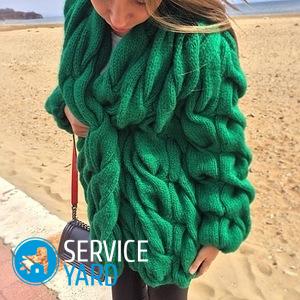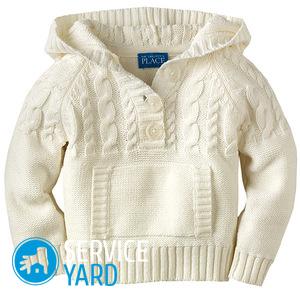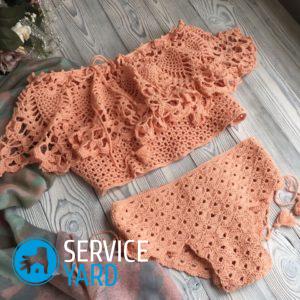How to knit a large knit plaid with your own hands?
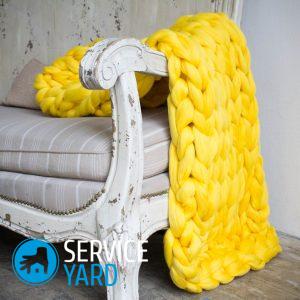
The real discovery of interior fashion has recently become large original rugs made using large knitting techniques. Demand for these stylish textured products is constantly growing, so they deserve the status of a fashion trend. In the article we will describe in detail how to knit a large knit blanket with your own hands, which will certainly decorate your home with its exclusivity and originality.
to contents ↑How to choose thick yarn for making a plaid?
Craftswomen who decided to make a large knit plaid with their own hands, as a rule, give preference only to certain types of thick yarn.
Tops
The most popular option is untreated merino wool, that is, untwisted. Tops, in other words, combed tape, belongs to this category of wool. Such wool is the most successful raw material for the manufacture of wool products. On sale, it is represented by ribbons consisting of a huge number of woolen fibers, while the width of one ribbon can reach five centimeters.
Important! Often a combed ribbon is presented as a thick yarn. Using a hook or knitting needles, you can make quite interesting things out of a tops: clothing items, accessories, and decorations for your home interior.
The advantages of the tops are:
- This ribbon can be used not only for knitting with the help of special tools, because even with their hands many manage to make something interesting.
- Products from this high-quality wool have incredible airiness and softness.
- Thanks to the use of raw ribbons, things get an extraordinary chic.
The disadvantages of the tops include:
- This wool is not a finished yarn, which makes it easy to tear during knitting.
- Tops is able to disintegrate into fibers, deform in every way, namely, stretch, cough, fluff.
- Products from tops cannot be washed, otherwise - you can spoil them, and even dry cleaners often can not cope with them.
Spun yarn
The processed and spun thick yarn has quite significant differences from the tops. This is the final full-fledged product for needlework, while its thickness can vary from 0.5 to 2 cm.
Important! The main difference between spun wool is the twist of its fibers, they are flawlessly piled into a thread obtained in the process of applying special heat treatment.
Advantages of spun wool:
- Due to the wet-heat processing of yarn, the finished products are guaranteed to keep their shape when knitting.
- Spun threads do not break, do not divide into fibers, do not fluff.
- Small spun wool products can be washed by hand in warm water.
Disadvantages of spun yarn:
- Low level of stalling products made from it.
- Oversized items made from this yarn must be periodically dry cleaned for processing.
How to calculate the required amount of yarn?
It doesn’t matter what you prefer - knitting a blanket with or without knitting or crocheting, first you need to correctly calculate how much wool you will need to work, because the product will turn out to be quite voluminous.
To avoid making a mistake during the purchase of the material, already experienced craftswomen advise you to do this:
- Buy one skein of yarn selected for knitting.
- From it with the knitting needles that you plan to use for knitting, make a fragment measuring 7 by 5 cm.
- Wash the resulting fragment and dry.
- In a dried state, measure the density of knitting, that is, the number of rows and loops in each row.
- Dissolve the sample, measure the length of the thread spent for it.
to contents ↑Important! This will allow you to clearly determine the meter of yarn needed to make your product. Use the following proportion: multiply the total area of the plaid in square centimeters by the length of the thread of the connected fragment, its area in square centimeters.
How to knit a large knit plaid?
As we already found out earlier, you can make a plaid with your own hands without knitting and using knitting needles:
- If you decide to go along the simplest path and use special tools, then buy the largest knitting needles, which can be found in a specialized store for needlework or made independently from plastic tubes with a diameter of 2-3 cm.
- You will also need bulk thick yarn for hand knitting.
to contents ↑Important! Such plaids are knitted more often according to the well-known standard scheme, that is, the front surface. You need to perform the same steps further as when working with a regular canvas with front stitching only with the help of giant knitting needles.
How to tie a large plaid on hand?
If you decide to move away from all standards, want to do something original and unusual, then, of course, your option is knitting with no needles. In this case, the plaid fits on the wrists of the craftswoman.
Perform the production of the plaid according to this scheme:
- From the edge of the skein, measure three meters, form the first loop of the product on the wrist of the right hand. Then put it on your hand, tighten it a little.
- Throw the rest of the yarn from the bottom up to the left wrist, then grab the remaining working thread with the same hand and pull out the loop formed.
- Stick to this algorithm of work, continuing to gain the desired number of loops.
- To complete the first row of the product, lay the working thread on the thumb of the right hand, squeeze your fingers into a fist.
- Pull a loop on your wrist that is extreme so that by the end you have a new loop in your fist. Throw it on your left hand.
- Following this pattern, complete the entire row.
- Knit the next row by analogy with the previous one, only in mirror image.
- Finishing knitting a plaid, leave a few meters of yarn.
- Knit the very first two loops in turn according to the scheme already given.
- Remove the third loop from the wrist, leave the next on the hand.
- After tying the next loop from your hand, remove the loop that precedes it.
- Thread the rest of the thread into the last loop in the row and tighten.
As a result, you will receive a chic voluminous plaid that will not only warm you on cold winter evenings, but also truly decorate your cozy home.
to contents ↑How to care for thick yarn products?
Considering what type of wool you have chosen for making a plaid, there are several recommendations that can help you take care of it correctly:
- If the product is slightly dirty, it is enough to treat it with a dry brush.
- You can wash such rugs at a water temperature of no higher than 30 degrees.
- Be sure to use specially designed liquid formulations containing lanolin when washing.
- During washing, it is recommended to avoid twisting and rubbing the fabric. You can only slightly squeeze the plaid to get rid of the water.
- Drying such products is allowed exclusively in a horizontal position on a flat surface.
- In too complex cases, it is better to trust the professionals and contact a dry cleaning service.
Stock footage
As we managed to find out, even a novice craftswoman will be able to master knitting.A plaid made in this way, with proper care, is guaranteed to serve you for a long time and decorate the interior of any room, whether it is a bedroom or a living room.



